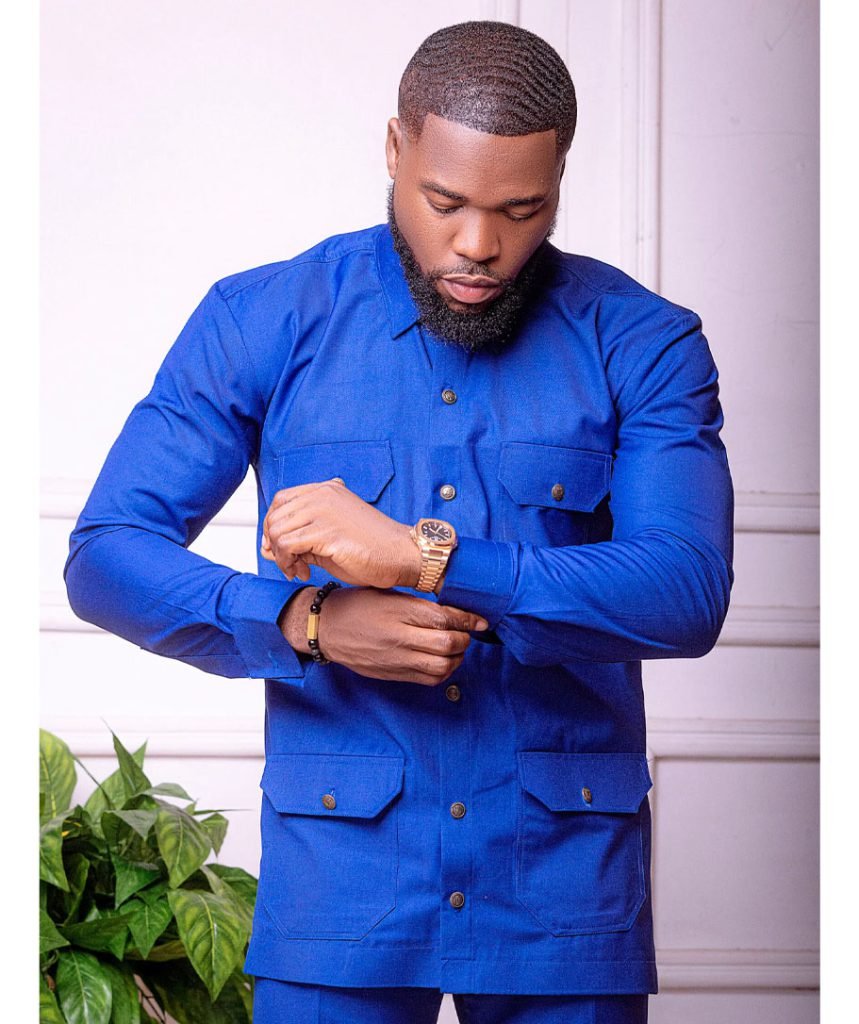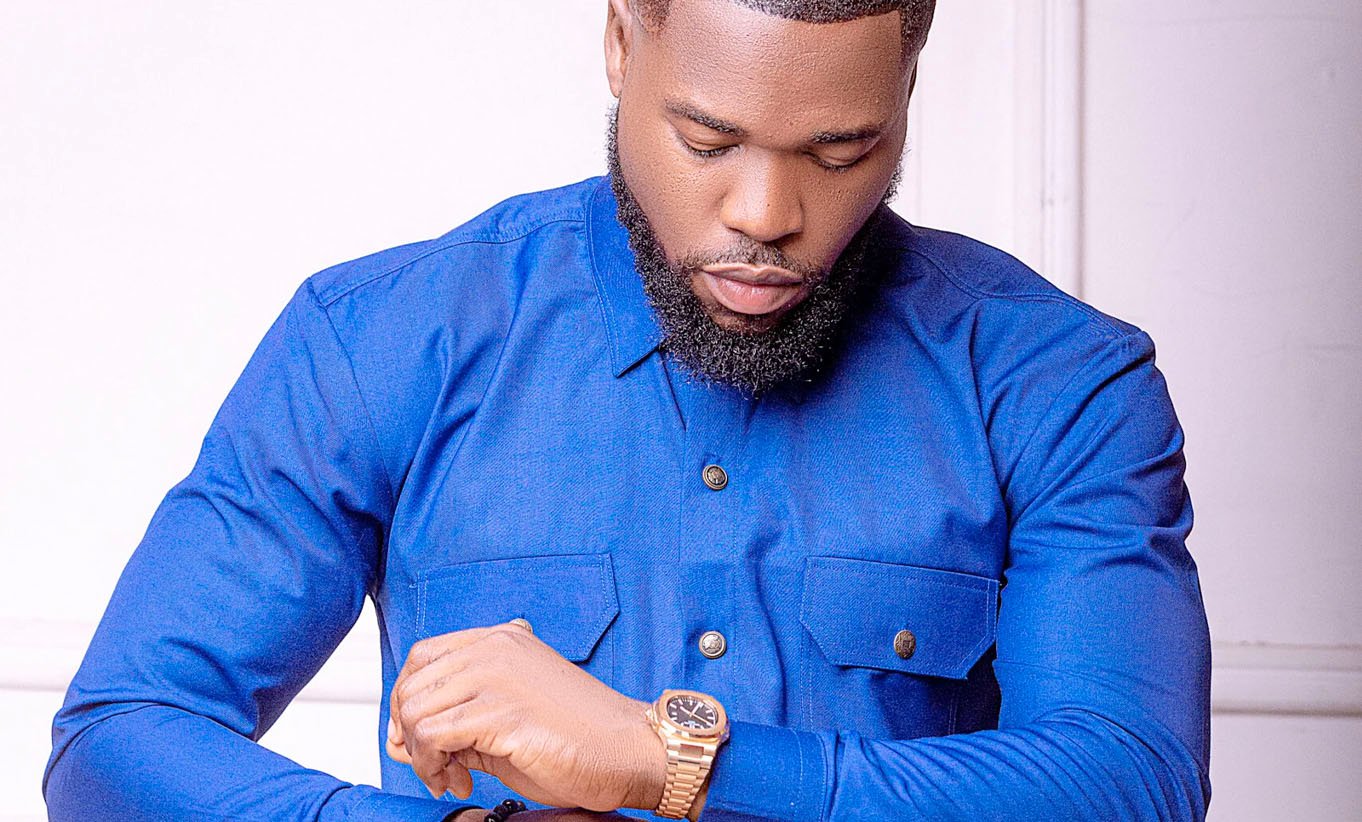How I Transform Fabric Into Bespoke Clothing Masterpieces.
Understanding Bespoke Clothing
When I think about bespoke clothing, I see it as more than just a trend or a luxury; it’s deeply woven into the fabric of personal expression and individuality. Bespoke garments are specifically crafted for the wearer, tailored to fit not only their size but their style, preferences, and even their lifestyle. The term “bespoke” itself originates from the old custom of having cloth “spoken for” by a tailor, indicating a personalized service that rings true today.

I’ve come to appreciate that each bespoke piece tells a unique story. Whether it’s a tailored suit for a job interview or a customized dress for a wedding, the details matter far more than they do in off-the-rack clothing. It’s about embodying who I am and how I want to present myself to the world.
The Importance of Personal Fit
A major advantage of bespoke clothing is the emphasis on personal fit. In my experience, a well-fitted garment can enhance my confidence and appearance significantly. Off-the-rack options often fall short because they are designed to fit a range of body shapes, which means compromises must be made.
However, when I wear something bespoke, I feel like every stitch and seam contributes to revealing my best self.
Having my measurements taken by a skilled tailor is a rewarding experience. It involves detailed assessments that account for every nuance of my body shape. I might think I know my size, but the professional eye of a tailor can uncover the need for adjustments that I may have overlooked. This meticulous attention to detail ensures that the garment moves with me and complements my body instead of constricting it.
Advantages of Custom-Made Garments
Beyond the personal fit, there are numerous advantages to opting for custom-made garments. One significant aspect is the quality of materials used in bespoke clothing. When I invest in bespoke, I’m not just purchasing a piece of clothing; I’m choosing high-quality fabrics that add durability and elegance. These materials oftentimes come from renowned mills known for their craftsmanship.
Additionally, bespoke clothing allows for greater creativity. I can infuse my personality into every detail, whether it’s a unique lapel shape or a distinctive lining. This level of customizability grants me a sense of ownership and satisfaction that I simply can’t find from standard clothing lines.
Key Factors in Choosing Fabric
As I embark on the journey of creating bespoke clothing, one of the first and most pivotal steps is fabric selection. The fabric I choose can completely alter the look, feel, and functionality of the final garment. In my endeavors, I always consider key factors such as texture, weight, drape, and how the fabric interacts with the body.
For instance, if I’m designing a suit for a summer event, I might lean toward lighter fabrics like linen or cotton, which lend breathability.
Conversely, for winter wear, I often opt for heavier wools that provide warmth yet maintain elegance. The specific purpose of the garment significantly guides my fabric choice.
Overview of Quality Fabric Mills
Having ventured into the world of fabric, I’ve stumbled upon some remarkable mills that specialize in bespoke materials. Mills such as Vitale Barberis Canonico and Loro Piana are notable mentions that resonate with tailored craftsmanship. These establishments have perfected the art of fabric making, ensuring the highest quality and durability.
Knowing where the fabric originates from adds a layer of appreciation for my bespoke clothing. I find it fascinating to learn about the heritage and history of these mills, which have traditionally supplied skilled tailors with exquisite materials for generations.
Exploring Different Fabric Types
Throughout my bespoke journey, I have explored a myriad of fabric types, each with its own character and potential. Wool is a classic option, celebrated for its versatility and elegance.
However, I’ve also delved into the luxurious feel of silk for linings or special occasions. Cotton is another staple that offers comfort and breathability, making it ideal for casual wear.
As I assess fabrics, I often think about finishes and patterns too. Do I prefer a timeless solid or something more vibrant like plaid or herringbone? Each choice infuses an element of my identity into the garment and enhances its uniqueness.
The Bespoke Tailoring Process
Initial Consultation and Measurements
The bespoke tailoring process begins with an initial consultation that sets the stage for my garment. During this meeting, I express my ideas, preferences, and needs, while the haberdasher takes meticulous notes. It’s a collaborative setting where my vision takes form.
The measurement process is a revelation. With every inch taken, I feel reassured that my bespoke suit is not just a collection of fabric but a tailored experience crafted just for me. Here, I gain insight into the nuances of fitting—a collar that hugs the neck perfectly or sleeve lengths that align with my wrist—all crucial details that contribute to the overall excellence of the garment.
Selecting Custom Features
Once we’ve pinpointed the right measurements, the fun part begins—selecting custom features. Every element, from button choice to lapel style, becomes a part of the narrative.
I often find myself immersed in the selection of buttons. Should they be classic and understated, or bold and flamboyant? Lapel shapes can redefine the personality of the suit, and pocket styles offer another venue for that personal touch. Each choice elevates the garment, transforming it from mere clothing into a masterpiece that reflects who I truly am.
Final Fitting and Adjustments
As I near the completion of the bespoke process, the final fitting brings a mix of excitement and anticipation. I step back onto that fitting pedestal, and I’m reminded of how far the garment has come. It’s crucial for me to assess how it feels during movement.
If I notice any areas where the fit may need tweaking—such as the tapering of trousers or the snugness of the armholes—those adjustments are noted, ensuring that the final product will be as close to perfection as possible. This stage feels like the final brushstrokes on a painting.
Transforming Ideas into Reality
Conceptualizing Your Design
This entire process primarily centers around transforming my ideas into reality. When I conceptualize a design for a bespoke garment, I often start with inspiration from various sources—fashion shows, street styles, or even my favorite celebrities. Ideas can come from anywhere and take on a life of their own during discussions with my haberdasher.
Drafting a vision involves laying down the fundamentals—what occasion the garment is for, the vibe I want to evoke, and ultimately what message I wish to communicate. Each thought processes into tangible attributes that guide the construction of the garment.
Working with a Haberdasher
Having a skilled haberdasher by my side is invaluable. They not only guide me through each faze but also educate me about textiles and designs that I might not have considered. Their expertise can help refine my ideas, suggesting alterations that enhance both aesthetics and functionality.
During fitting sessions, they pay close attention to the nuances of fit, often experimenting with small adjustments that yield significant improvements. This partnership makes the entire bespoke experience much more enriching.
Bringing Your Vision to Life
As I watch my vision slowly come to life, from fabric selection to final adjustments, I feel an unmatched satisfaction. Each bespoke piece becomes an extension of who I am, embodying personal style and an adherence to quality that off-the-rack clothing simply can’t deliver.
Ultimately, the enchanting journey of bespoke craftsmanship benefits not only the garment but enriches my confidence and self-expression. Wearing bespoke clothing is not just a fashion statement; it’s a testament to who I am and how I choose to engage with the world. Every time I slip into one of my custom creations, I’m reminded of the craftsmanship, detail, and artistry behind it, making it all worth the effort.




